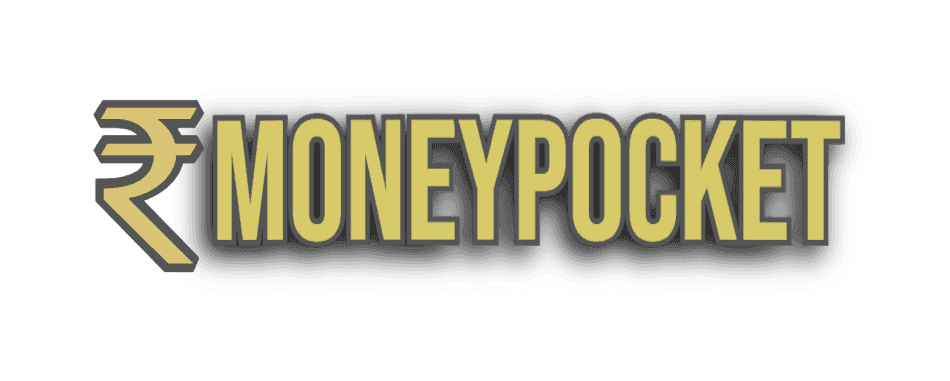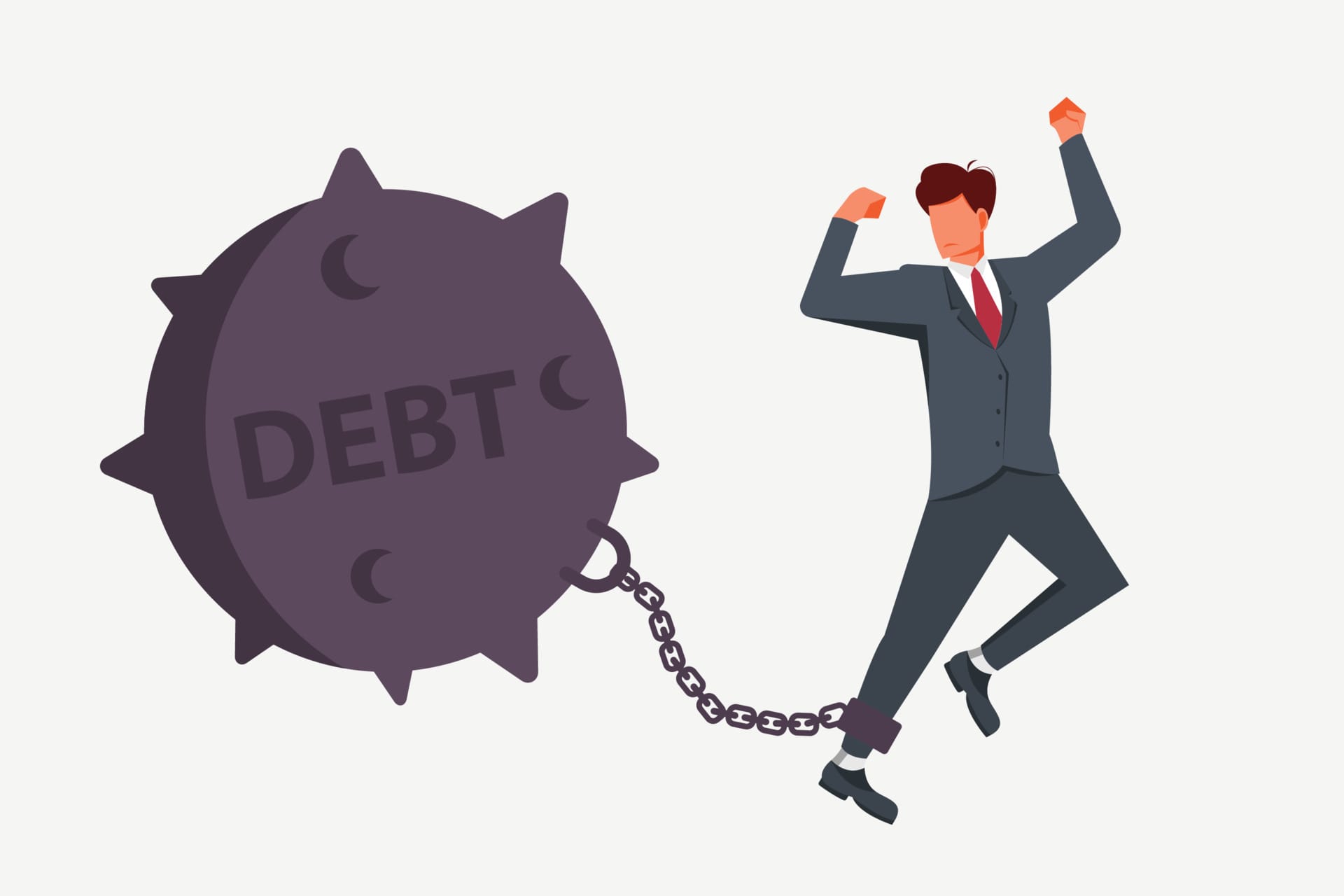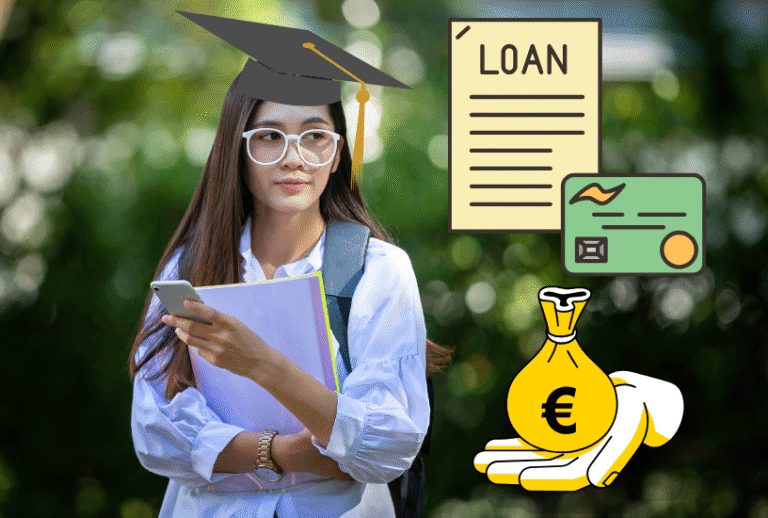Debt-Free Living: Tips to Escape the EMI Trap
Many dream of debt-free living, but EMIs make it hard. Debt can weigh heavily, affecting your finances and peace of mind.
Managing debt well is key to financial control and financial freedom. The right debt management strategies can help you escape the EMI trap. This way, you can build a more secure financial future.
Good personal finance planning is vital to avoid debt and secure your financial future. It’s about making smart choices that match your financial goals.
Key Takeaways
- Understand the impact of EMIs on your financial health.
- Learn strategies for effective debt management.
- Discover ways to achieve financial freedom.
- Importance of personal finance planning.
- Steps to regain control over your finances.
Understanding the EMI Trap and Its Impact on Financial Health
It’s key to know about the EMI trap to stay financially healthy. Easy credit in India has led to more Equated Monthly Installments (EMIs). It’s vital to understand the weight of these payments.
What Constitutes an EMI Trap in the Indian Context
An EMI trap happens when someone has too many debts. This makes it hard to keep up with monthly payments. In India, easy credit and bank promotions have increased debt.
The Cycle of Perpetual Debt and Interest Burden
The EMI trap leads to a never-ending debt cycle. People find it tough to pay off the main debt, with most payments going to interest. This can be very harmful, as the interest paid can be much more than the original loan.
How EMIs Affect Your Long-Term Financial Goals
High EMIs can hurt your long-term plans, like saving for retirement or buying a home. Knowing about the EMI trap helps you manage debt and reach financial freedom.
To dodge the EMI trap, watch out for these:
- High-interest rates on loans and credit cards
- Multiple debt accumulation
- Lack of financial literacy
- Inadequate emergency funds
Being aware of these can help manage debt and secure financial stability in the long run.
Why Indians Fall Into the EMI Trap
Indians are falling into the EMI trap for many reasons. These include consumerism and a lack of financial knowledge. The modern lifestyle, driven by consumer culture and easy credit, has trapped many in debt.
The Consumerism Culture and Easy Credit Access
India’s growing consumer culture and easy credit make buying things simpler. But, this has also led to more debt.
Lack of Financial Literacy in the Indian Education System
Financial literacy is missing from India’s schools. This leaves many without the skills to manage their money well, causing poor debt management.
Emergency Expenses and Inadequate Safety Nets
Unexpected costs, like medical emergencies, can lead to debt without a safety net. Many Indians turn to loans for these needs.
The Pressure of Social Expectations and Lifestyle Inflation
Keeping up with social standards and wanting a certain lifestyle can cause overspending. As incomes grow, so does the urge to inflate lifestyles, often through credit.
Factors Contributing to EMI Trap | Impact on Financial Health |
Consumerism and Easy Credit | Increased debt due to overspending |
Lack of Financial Literacy | Poor debt management |
Emergency Expenses | Debt due to lack of safety nets |
Lifestyle Inflation | Overspending and increased debt |
Assessing Your Current Debt Situation
To break free from debt, you must first understand your financial obligations. This step is key to knowing how much you owe and how to manage it.
Creating a Comprehensive Debt Inventory
Begin by listing all your debts. This includes credit card debt, personal loans, and home loans. A detailed list shows the total amount owed and to whom.
Type of Debt | Outstanding Amount | Interest Rate |
Credit Card | ₹50,000 | 18% |
Personal Loan | ₹200,000 | 12% |
Home Loan | ₹2,000,000 | 8% |
Calculating Your Debt-to-Income Ratio
Your debt-to-income ratio shows how much income goes to debt. It’s found by dividing monthly debt payments by monthly income.
Debt-to-Income Ratio = (Total Monthly Debt Payments / Gross Monthly Income) * 100
Identifying High-Interest Debts to Prioritize
Not all debts are the same. High-interest debts, like credit cards, should be paid off first. This saves you money on interest over time.
Using Digital Tools for Debt Assessment
Many digital tools and apps can help track your debts and income ratio. They also offer plans for paying off debt.
By following these steps, you can understand your debt and start working towards financial freedom.
Escape the EMI Trap: Tips to Avoid Debt Spirals
To break free from the EMI trap, you need a smart plan for paying off debt. It’s key to use strategies that help manage and clear your debt.
The Debt Snowball vs. Debt Avalanche Method
There are two main ways to tackle debt: the debt snowball and debt avalanche. The debt snowball method focuses on paying off the smallest debts first. You make minimum payments on the bigger ones. On the other hand, the debt avalanche method targets debts with the highest interest rates first.
Here’s a quick look at both methods:
Method | Approach | Benefit |
Debt Snowball | Pay smallest debt first | Quick wins |
Debt Avalanche | Pay highest interest debt first | Saves money on interest |
Setting Up Automatic Payments to Avoid Defaults
Setting up automatic payments helps you pay on time, avoiding late fees and defaults. You can do this through your bank’s online platform or by setting reminders on your phone.
Negotiating with Indian Banks and NBFCs for Better Terms
It’s okay to negotiate with your lender for better deals. This could mean lower interest rates or longer repayment times. Many Indian banks and NBFCs are willing to work with you, especially if you’re a loyal customer.
Avoiding New Debt While Paying Off Existing Ones
While you’re paying off old debt, it’s important to avoid new debt. This means cutting down on unnecessary spending and sticking to your budget.
Prepayment Strategies to Reduce Interest Burden
Prepaying your loan can greatly lower your interest payments. You can make big payments or increase your monthly payments to pay off the principal faster.
By using these strategies, you can get out of the EMI trap and gain financial freedom.
Budgeting Strategies for Debt-Free Living
Effective budgeting is key to getting out of debt and achieving financial stability. By using the right strategies, you can manage your money better. This helps you focus on what’s important and work towards being debt-free.
The 50-30-20 Rule Adapted for Indian Households
The 50-30-20 rule is a well-known budgeting strategy. It suggests using 50% of your income for necessary expenses, 30% for fun, and 20% for saving and paying off debt. For Indian families, you might need to adjust these percentages based on your financial situation and goals.
Adapting this rule involves:
- Understanding your income and expenses to find the right balance.
- Putting essential costs like rent and groceries first.
- Adjusting your spending on fun activities based on your financial goals.
Zero-Based Budgeting for Maximum Debt Repayment
Zero-based budgeting means every rupee of your income is used for something. This ensures your budget is focused on paying off debt.
The steps to implement zero-based budgeting include:
- Tracking where your money goes to understand your spending.
- Assigning every rupee to an expense, savings, or debt repayment.
- Checking and adjusting your budget regularly to stay on track.
Digital Tools and Apps for Budget Management in India
Today, there are many digital tools and apps to help with budgeting. In India, apps like MoneyView, Wallet, and YNAB (You Need a Budget) offer features for tracking expenses and setting financial goals.
Cutting Expenses Without Sacrificing Quality of Life
You don’t have to give up your quality of life to cut expenses. Simple changes like cooking at home and canceling unused subscriptions can help. Being more frugal by avoiding impulse buys and saving energy can also save a lot of money.
Strategies for cutting expenses include:
- Planning meals and cooking at home to reduce dining out.
- Reviewing and adjusting your subscription services.
- Shopping smart by comparing prices and looking for discounts.
Debt Consolidation and Refinancing Options in India
Debt consolidation and refinancing are good ways in India to make debt payments easier. They help reduce financial stress. People can combine their debts into one manageable loan.
Personal Loans for Debt Consolidation from Indian Banks
Indian banks have personal loans for debt consolidation. These loans merge multiple debts into one. This makes payments simpler with a single interest rate and schedule.
State Bank of India and HDFC Bank have competitive rates for these loans.
Balance Transfer Credit Cards and Their Fine Print
Balance transfer credit cards are great for those with high-interest credit card balances. ICICI Bank and Axis Bank offer these with low intro rates. But, it’s important to know the fees and rates after the intro period.
Home Loan Refinancing Opportunities in the Current Market
Home loan refinancing helps homeowners lower their monthly payments. It can also let them use their property’s equity. With today’s market, refinancing can mean lower rates and better terms.
Banks like Bank of Baroda and Punjab National Bank have good options.
Evaluating the True Cost of Consolidation
When looking at debt consolidation or refinancing, it’s key to know the total cost. This includes interest rates, fees, and prepayment charges. A debt consolidation calculator can help understand the total cost.
Government Schemes and Bank Programs for Debt Relief
The Indian government and banks have debt relief schemes. For example, the Debt Relief Scheme by some banks helps those in financial trouble. Knowing about these programs can help find ways to be debt-free.
Exploring these options can help individuals in India achieve financial stability. It’s a big step towards getting out of debt.
Building Emergency Funds to Break the Debt Cycle
Creating a strong emergency fund is key to financial stability. It acts as a safety net for unexpected costs like medical bills, job loss, or urgent repairs. This fund helps avoid debt traps.
Starting Small: The 1,000 Rupee Challenge
Starting an emergency fund can feel tough, especially when you’re living paycheck to paycheck. The 1,000 Rupee Challenge is a simple way to start. It involves saving a small amount regularly until you reach your goal. This method makes saving easier and builds a saving habit.
Automating Savings for Emergency Funds
Automating your savings is a smart move. Set up automatic transfers from your checking to your savings or emergency fund. This way, you save a fixed amount regularly without having to remember. Consistency is crucial for growing your emergency fund.
Where to Park Your Emergency Fund in India
In India, you can choose from liquid funds and fixed deposits for your emergency fund. Liquid funds invest in short-term debt and offer liquidity and returns. Fixed deposits are bank time deposits with a fixed interest rate. Choose based on your needs for liquidity and expected returns.
Using Liquid Funds and Fixed Deposits Strategically
When picking between liquid funds and fixed deposits, think about your financial goals and needs. Liquid funds are great for quick access to money, perfect for emergencies. Fixed deposits offer higher returns but have penalties for early withdrawal. A mix of both can balance returns and liquidity.
By sticking to these strategies and staying disciplined, you can build a solid emergency fund. This not only helps break the debt cycle but also gives you peace of mind, knowing you’re ready for life’s surprises.
Increasing Income Sources to Accelerate Debt Repayment
One of the best ways to beat debt is to make more money. Today’s economy offers many chances to boost your earnings. This helps you pay off debt faster.
Gig Economy Opportunities in Indian Cities
The gig economy is booming in Indian cities. It gives people many ways to earn extra cash. You can use your car or skills on platforms like Ola, Uber, and Zomato. Freelance jobs in writing, design, and coding are also growing, thanks to Upwork and Freelancer.
- Drive for ride-sharing services during peak hours
- Deliver food or packages
- Offer freelance services in your area of expertise
Monetizing Skills and Hobbies
Earning extra money from your skills and hobbies is rewarding. If you’re good at photography, crafting, or coding, there are places to sell your work. Etsy, Teachable, and YouTube can turn your passion into profit.
Popular ways to monetize skills include:
- Selling handmade products or crafts
- Offering online courses or tutorials
- Creating and selling digital products or e-books
Passive Income Streams Suitable for Working Professionals
Passive income means earning money without much work. Investing in stocks, REITs, or mutual funds is a good option. You can also make money with digital products or blogs through affiliate marketing.
Negotiating Salary Increases and Career Advancement
Getting a raise or moving up in your career can really increase your income. Knowing what you’re worth, showing your successes, and talking confidently to your boss can lead to more money.
Tips for successful negotiation include:
- Researching industry standards
- Preparing a strong case for your raise
- Confidently presenting your case
By exploring these options, you can make more money. This helps you pay off debt faster and get closer to financial freedom.
Conclusion: Your Roadmap to Financial Freedom
Getting to financial freedom needs a full plan for managing debt and planning finances. Knowing the EMI trap and its effects on your money health is a big first step. Using an EMI calculator helps you plan how to pay off debt well.
Options for consolidating debt make handling your money easier. By following tips like budgeting, saving for emergencies, and finding more ways to earn, you can pay off debt faster. This brings you closer to being debt-free.
Good financial planning is key to staying debt-free. Stay true to your financial goals and check your progress often. This ensures a safe financial future. Begin your path to financial freedom by managing your debt and making smart money choices.
FAQ
Q.1 What is an EMI trap, and how does it affect my financial health?
An EMI trap happens when you can’t pay off debts because of high interest and long repayment times. This can really hurt your finances. It lowers your credit score, increases your debt, and stops you from reaching your financial goals.
Q.2 How can I assess my current debt situation effectively?
To understand your debt, make a detailed list of your debts, figure out your debt-to-income ratio, and focus on high-interest debts first. Use digital tools and apps to keep track of your spending and debt payments.
Q.3 What are the best debt repayment strategies to escape the EMI trap?
Good strategies include the debt snowball and debt avalanche methods. Set up automatic payments and try to get better terms from lenders. Avoid taking on new debt and use prepayment to cut down on interest.
Q.4 How can I consolidate my debts, and what are the benefits?
Consolidation means combining debts into one loan with a lower rate and one payment. It simplifies your finances, lowers interest, and makes managing debt easier. Look into personal loans, balance transfer cards, and refinancing your home loan.
Q.5 What role do emergency funds play in breaking the debt cycle?
Emergency funds help you avoid debt when unexpected costs come up. Start small, automate your savings, and use liquid funds and fixed deposits for savings.
Q.6 How can I increase my income to accelerate debt repayment?
Look for gig work, monetize your skills, create passive income, and ask for salary increases. This way, you can pay off debts faster and gain financial freedom.
Q.7 What budgeting strategies can help me achieve debt-free living?
Use the 50-30-20 rule, zero-based budgeting, and digital tools to track expenses. Cut costs without lowering your quality of life by adopting frugal habits and prioritizing needs over wants.
Q.8 How can I avoid falling into the EMI trap in the future?
Stay financially disciplined, avoid overspending, and build an emergency fund. Improve your financial knowledge, plan your spending, and make smart credit and debt choices.
Q.9 What are some government schemes and bank programs available for debt relief in India?
India offers government and bank programs for debt relief, like consolidation loans and restructuring plans. Check with your bank or financial institution to see if you qualify.
If you’re already caught, don’t panic. Start with one action today—whether it’s tracking your EMIs or cutting down expenses—and build from there.
Remember, financial freedom doesn’t mean no EMIs; it means being in control of them.









